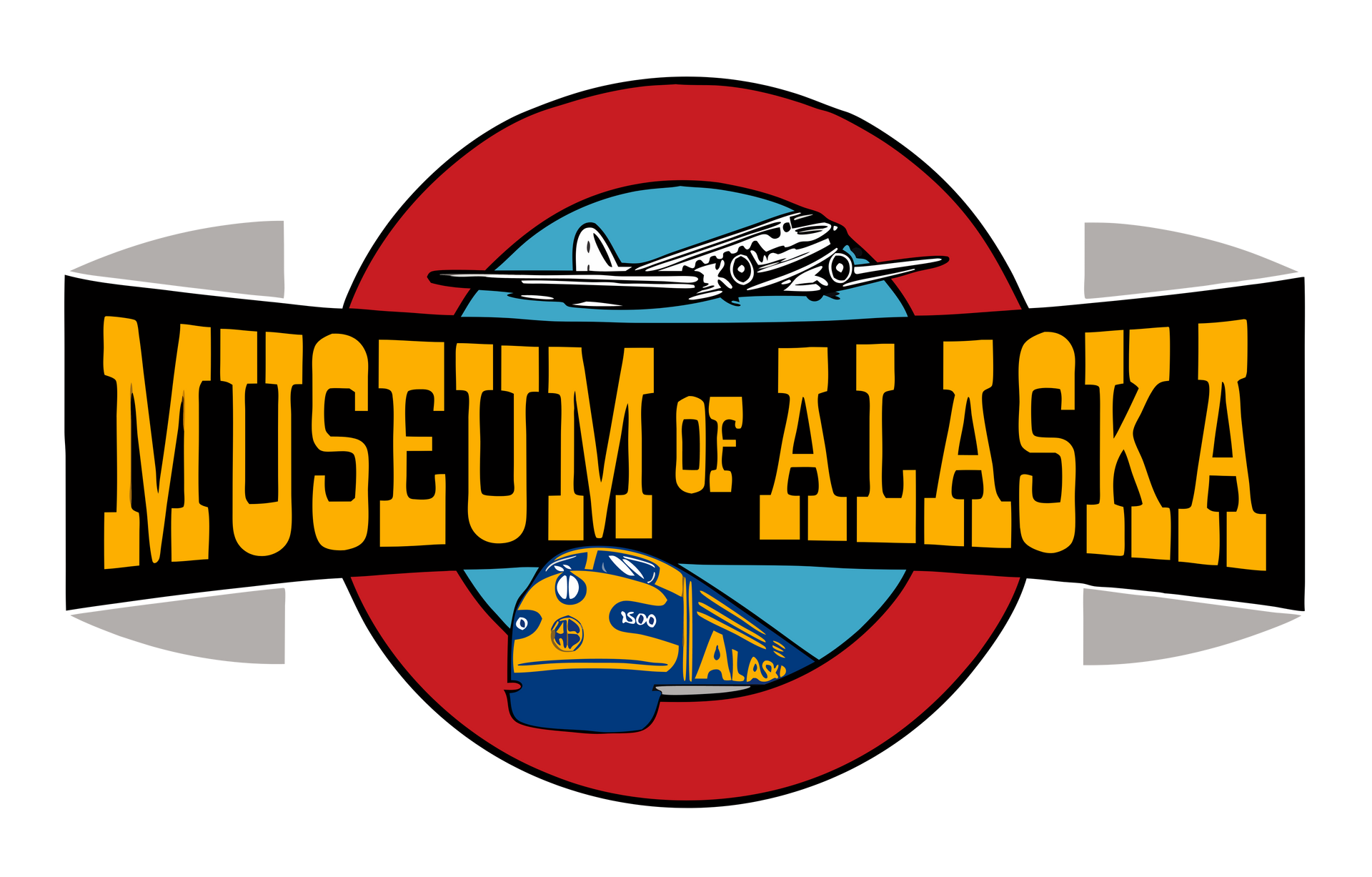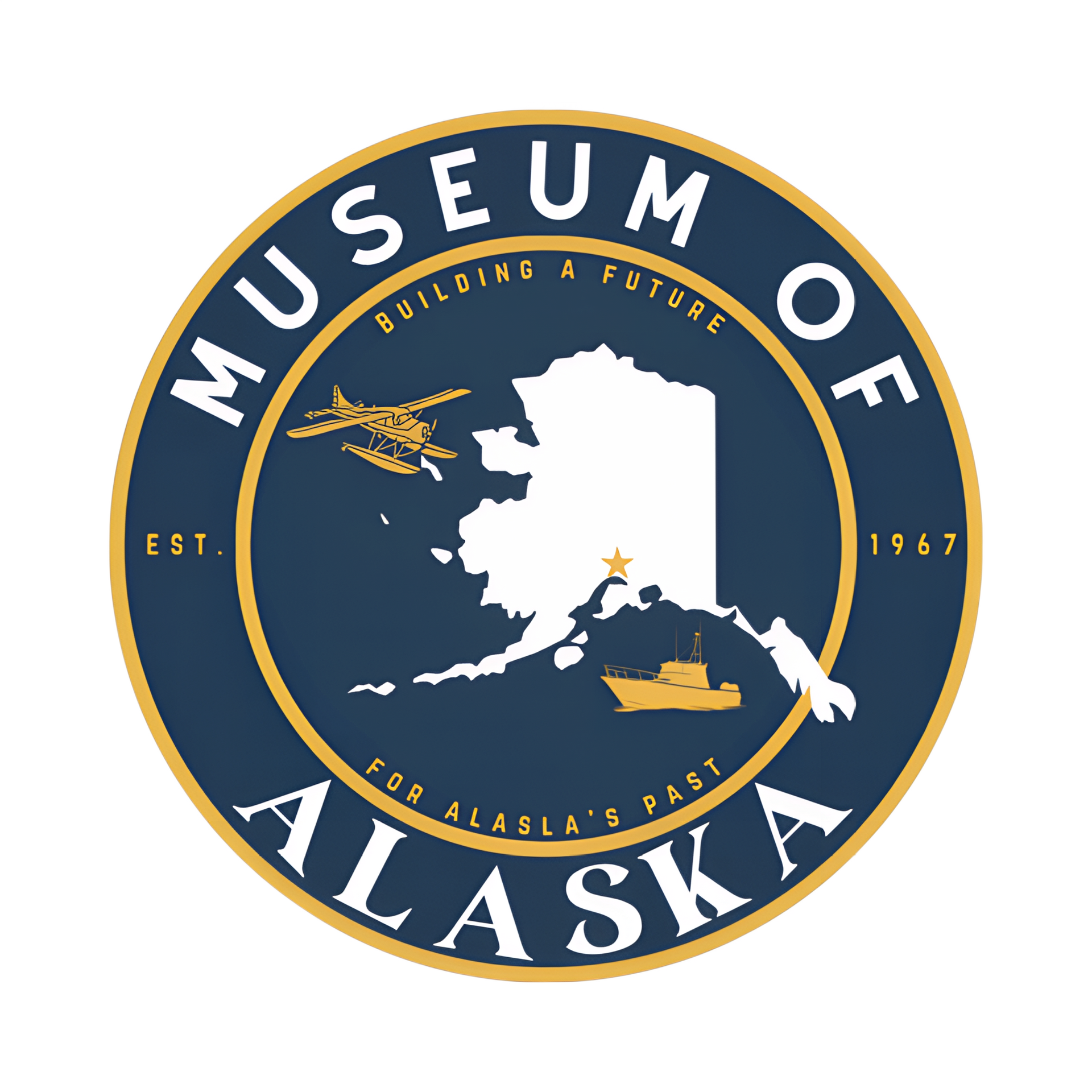Preserving the Machines, Stories, and Spirit That Built Alaska
About the Museum of Alaska
Since 1967, the Museum of Alaska—formerly known as the Museum of Alaska Transportation and Industry (MATI)—has been dedicated to collecting, conserving, and celebrating the artifacts and ingenuity that shaped the Last Frontier. Located on 20 historic acres in Wasilla, we are Alaska’s largest museum devoted to All things ALASKAN. Through dynamic exhibits, hands-on learning, and community outreach, we honor the past while inspiring future generations.
We’re giving a future to Alaska’s past—one story, one artifact, and one generation at a time.
More than a museum—an evolving, grassroots legacy.
Alaska’s history is a story of bold innovation and rugged resilience. Its development has always hinged on a simple truth: no resource, no community, and no frontier could be reached without transportation. As new industries rose and fell—gold mining, oil, railroads, logging, aviation—the tools of those eras were often left behind. Our museum was created to preserve that history and the people who made it possible. From charred railcars to vintage aircraft, our collection is a living tribute to Alaska’s industrial evolution.
Built by volunteers. Sustained by community. Open to all.
Milestones in Our Journey
1967
The Centennial Spark
Founded as the Air Progress Museum, our first exhibit launched during Alaska’s centennial celebration, showcasing artifacts that captured the state’s early aviation and transportation spirit.
1973
The Centennial Train & A Sudden Setback
Our traveling rail museum, The Centennial Train, brought Alaska’s story to communities statewide. After a devastating fire, operations ceased—but not the dream.
1976
A New Home in Palmer
With passion and perseverance, Valley residents salvaged what remained and moved the museum to a new home on the Alaska State Fairgrounds. We became the Transportation Museum of Alaska.
1980s
Growth Fueled by Oil-Era Support
Renamed The Alaska Historical and Transportation Museum, we expanded rapidly thanks to state funding and growing community interest in Alaska’s heritage.
1992
A Permanent Home in Wasilla
We relocated to our current site at 3800 W Museum Drive, a 20-acre property with indoor galleries, a train yard, and acres of open-air exhibits. Here, we became the Museum of Alaska Transportation and Industry.
2020s
A New Vision as the Museum of Alaska
Today, we are rebranding simply as the Museum of Alaska to reflect our expanded focus—honoring not just machines and movement, but people, culture, and conservation. With projects like the Beluga Whale Skeleton Exhibit, educational outreach, and new volunteer-led initiatives, our mission is more vital than ever.
We’ve survived fires, funding cuts, and Alaska’s toughest winters—because the stories we tell deserve to live on.
Leadership & Community
Meet the dedicated team behind the museum—from board members and staff to generous partners and volunteers.
Our Staff
James Grogan
CEO
Sarah Lee
Accessions & front desk
James Blowe
Dir. of Operations/HWW/Volunteer
Kate Kirkpatrick
Events Coordinator
Cindy Gann
Front Desk/GIft shop
Board of Trustees
Cheryl Grogan, President/Chair
Lisa McConarty, Secretary
Scott Andrews, Director
Ginger Bear, Director
Partners
Partners
USAF Museum
USA Museum
Natural Museum of History, NY
Smithsonian
Museum of Palmer
Museum of the North
Anchorage Museum
Funders
Mat Su Health Foundation
MTA Foundation
Rotary Club
Alaska Toy Rental
Vulcan Towing
Craig Taylor Equipement
Yellow Wolf Services

